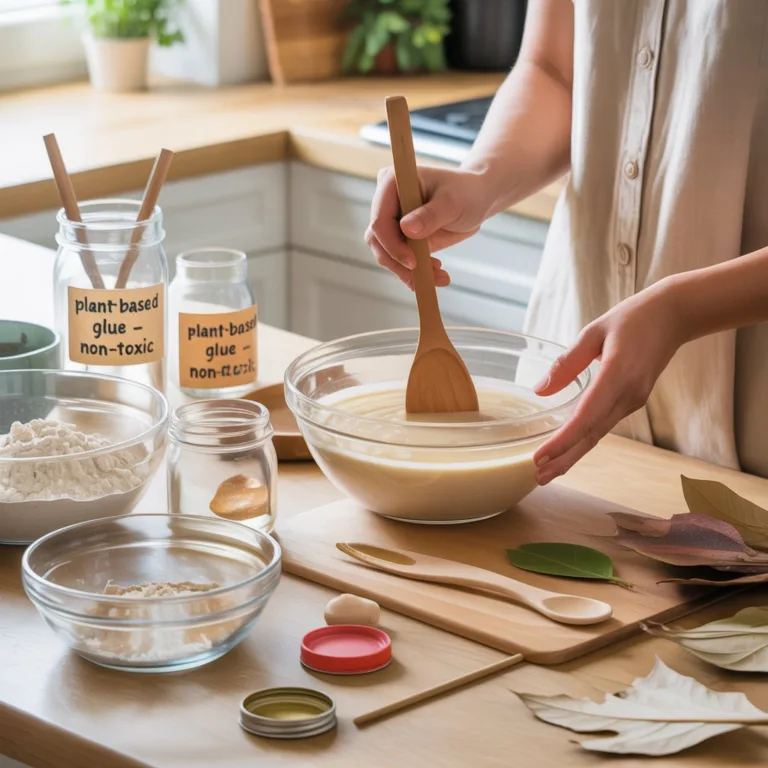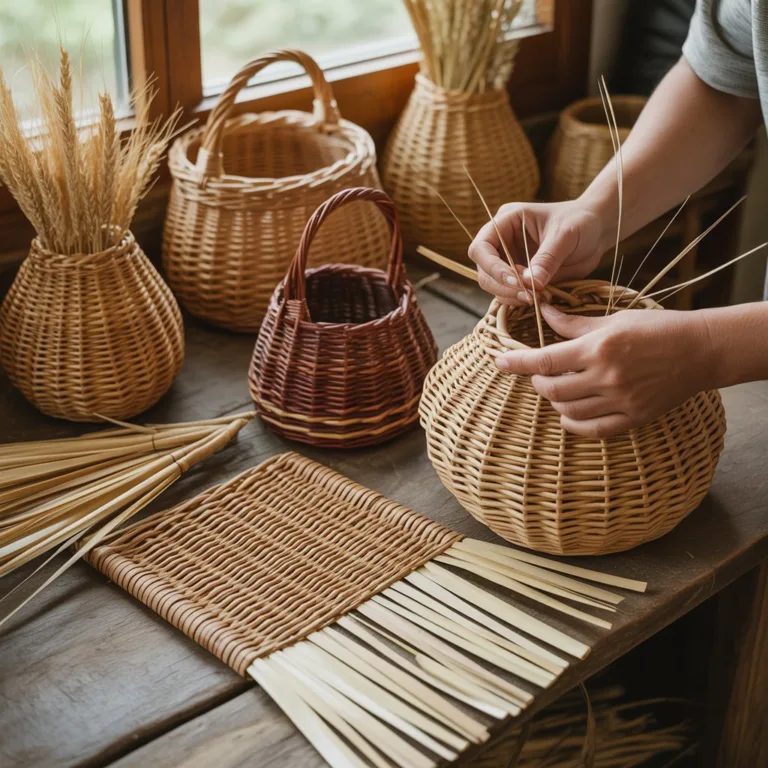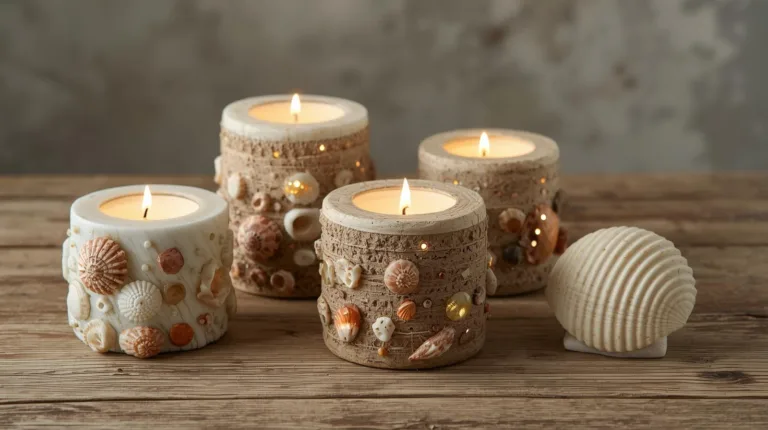Art connects creativity, culture, and the natural world in a way few other activities can. When that creativity meets sustainability, the result is something truly special — a practice that not only sparks imagination but also respects the planet. Creating art paint brushes from natural fibers is one of those unique experiences that bring both artistry and eco-awareness together.
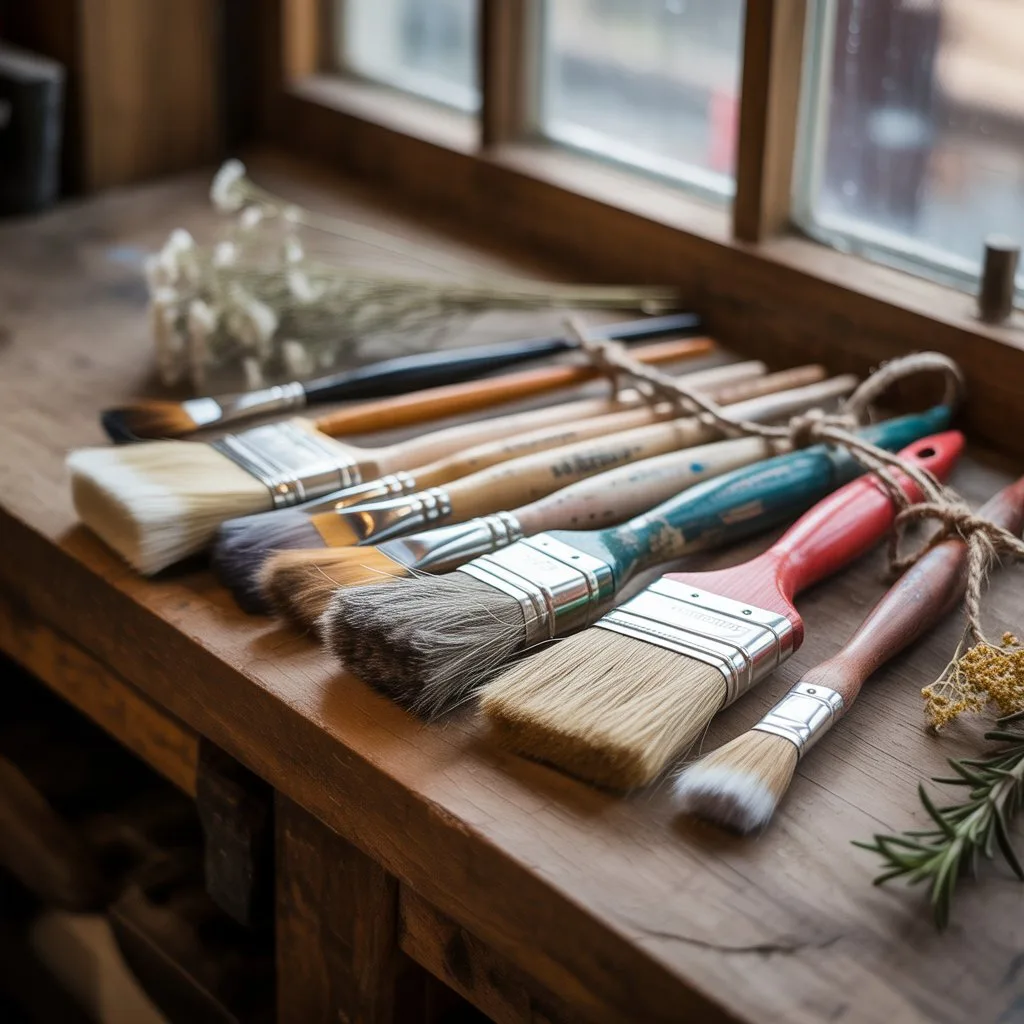
Making your own brushes encourages mindfulness, experimentation, and a deeper connection to nature. You learn how texture, flexibility, and natural forms influence the strokes on a canvas. Instead of relying on synthetic materials that pollute the environment, this activity shows how art can be both expressive and sustainable.
This guide explores everything you need to know about making paint brushes using natural fibers — from choosing materials to shaping handles and testing textures. Whether you’re an artist looking for organic tools or a parent or teacher wanting a meaningful craft project for kids, this activity invites everyone to rediscover creativity through nature.
Why Create Paint Brushes from Natural Fibers
Commercial paint brushes are often made from plastic handles and synthetic bristles derived from petroleum-based materials. While convenient, they’re neither biodegradable nor eco-friendly. By contrast, natural brushes made from grass, leaves, wood, or animal-free plant fibers minimize waste and connect creators with the environment.
When you craft a paint brush using twigs, coconut fibers, or feathers, you’re not only reducing your ecological footprint but also giving your art a distinctive signature. Each brush behaves differently depending on the natural material used — some create fine lines, while others produce beautiful textured effects.
In addition, crafting tools by hand transforms the act of painting into a complete artistic experience. It’s not just about the artwork but about the entire journey — from collecting materials to exploring how nature itself can shape creative expression.
Gathering Sustainable Materials
The first step in making paint brushes from natural fibers is exploring your surroundings. This activity begins outdoors — in your garden, neighborhood park, beach, or forest trail. Collecting the right materials is part of the adventure.
Ideal Natural Fiber Sources
- Grasses and Reeds: Tall, flexible plants like lemongrass, cattails, and straw work beautifully for soft brushes.
- Leaves: Palm fronds, corn husks, and bamboo leaves can create textured or fan-shaped brushes.
- Fibers from Plants: Coconut husks, agave, and sisal fibers offer rougher textures, great for background strokes.
- Twigs and Branches: These form strong handles and can be shaped or sanded for comfort.
- Feathers: Naturally fallen feathers (never plucked from birds) give light, graceful lines and soft edges.
Before collecting, ensure you’re following sustainable and ethical practices. Never damage living plants or disturb wildlife habitats. Always gather fallen or trimmed materials.
Additional Tools
- Twine, jute string, or plant-based cord for binding
- Small knife or scissors for cutting and shaping
- Natural glue (such as rice paste or starch glue) if needed for reinforcement
- Optional sandpaper for smoothing wooden handles
Preparing the Materials
Preparation makes all the difference in how your brush performs. After collecting your materials, gently wash and dry them to remove dirt and oils. Sun-drying works best for leaves and grass because it prevents mold and maintains natural texture.
If using twigs for handles, strip off loose bark and sand any rough edges. This ensures a comfortable grip and prevents splinters. Softer fibers like grass can be bundled and tied immediately after drying, while thicker materials like coconut husk may need to be soaked briefly in warm water to soften before binding.
The goal is to work with materials in their natural state, enhancing their qualities rather than changing them completely.
Crafting the Brush Handle
Your handle defines the comfort and control of your paint brush. The most sustainable and accessible choice is a wooden twig or bamboo stick. Choose something roughly the thickness of your thumb and about 15 to 20 centimeters long.
Natural Handle Ideas
- Twigs: Ideal for rustic brushes with a natural look.
- Bamboo Segments: Lightweight, strong, and water-resistant.
- Driftwood Pieces: Perfect for an earthy aesthetic and smooth finish.
- Reused Household Items: Old chopsticks or pencils can also work for upcycled handles.
Once selected, shape the end of the handle slightly thinner to make attaching the bristles easier. If you want to personalize it, you can carve small patterns, add natural stains from berries, or wrap twine decoratively around the grip area.
Creating the Brush Head
The brush head is where creativity meets engineering. Depending on the fibers you’ve chosen, you’ll need to arrange and secure them carefully to form a strong, flexible bundle.
Soft Fiber Brushes
For fine lines or smooth strokes, use soft grasses or plant fibers. Align the fibers evenly, tie them firmly near the base with natural twine, and attach them to the handle using a strong knot. You can secure the bond with a small dab of eco-friendly glue or wrap jute tightly around the joint.
Textured Brushes
For bolder, expressive textures, use thicker materials like coconut fibers, twigs, or palm leaves. Allow the uneven ends to remain exposed — they’ll create unique, organic patterns when you paint. These brushes are great for abstract art, texture building, or large background strokes.
Feathery Brushes
Feathers can be tied gently to handles using jute or glued with natural paste. The flexibility of feathers allows soft blending and delicate detailing — perfect for watercolor effects or nature-inspired art.
Experiment with combining materials. For instance, mix soft grass with a few pieces of straw for a dynamic brush that produces varied stroke thicknesses.
Testing and Adjusting Your Brushes
Once your brushes are assembled, it’s time to test them. This stage is where artistry and experimentation truly merge.
Dip each brush into paint — whether watercolor, acrylic, or natural pigment — and observe how it behaves. Some brushes may spread color widely, while others might hold paint tightly and create defined lines.
If the bristles are too loose, add another layer of binding twine. If they’re too stiff, trim or soak them lightly in warm water to soften. Testing and adjusting are essential parts of the creative process; each brush has its own “personality.”
Encourage children or beginner artists to compare different brushes on scrap paper or fabric. This exploration helps them understand how natural textures influence technique and expression.
Exploring Natural Pigments
To make your project even more sustainable, pair your natural-fiber brushes with eco-friendly paints made from natural pigments. This combination creates a complete cycle of creativity and environmental consciousness.
Natural pigments can be derived from plants, soil, spices, and minerals:
- Turmeric for bright yellow
- Beetroot or berries for reds and purples
- Spinach leaves for green
- Charcoal or ash for gray and black
- Ground clay for earthy tones
Mix these with water and a binder such as flour paste or gum arabic to create natural, non-toxic paints. Painting with tools and colors sourced directly from nature deepens the sensory connection to the environment.
Using Your Brushes in Creative Projects
Once ready, your handmade brushes can be used for a variety of artistic expressions:
- Nature-inspired Art: Paint leaves, landscapes, and abstract forms that mimic natural patterns.
- Textured Backgrounds: Use rough brushes for mixed media art or collages.
- Calligraphy and Symbolic Art: Thin, flexible brushes made from grass or feathers are perfect for expressive strokes.
- Children’s Art Activities: These brushes are safe, eco-friendly, and introduce children to the concept of reusing natural materials.
Each brush type encourages different creative outcomes. Artists often discover that natural brushes allow a more organic, intuitive style of painting — one that celebrates imperfection and spontaneity.
The Educational Side of Brush-Making
Beyond art, creating paint brushes from natural fibers offers powerful educational value. This activity teaches sustainability, patience, and the importance of craftsmanship.
In schools or workshops, it can be part of lessons on:
- Environmental Awareness: Understanding recycling, natural resources, and waste reduction.
- Art and Science Integration: Exploring how material properties affect artistic results.
- Cultural History: Learning how ancient civilizations crafted brushes from nature long before industrial materials existed.
By blending creativity with ecological education, this project encourages children and adults alike to think about where materials come from and how art can exist in harmony with the planet.
Caring for Your Handmade Brushes
Since natural brushes are biodegradable, they require a bit more care than synthetic ones. After each use, rinse them gently in water and let them dry naturally, bristles facing down to prevent moisture from loosening the binding.
Avoid storing them in direct sunlight or humid areas, as this can warp the fibers or cause mold. With gentle care, your brushes can last through many creative sessions before naturally decomposing — a beautiful reminder of art’s cycle with nature.
When they eventually wear out, don’t throw them away. Compost them if possible, returning their materials to the earth where they came from.
Expanding Creativity Through Nature
Making art paint brushes from natural fibers isn’t just a craft — it’s a mindful practice that reconnects creativity with sustainability. It invites artists to slow down, observe, and appreciate the textures, colors, and materials that nature provides freely.
Each brush carries its own story: the twig from a backyard tree, the feather found on a morning walk, the grass from a nearby field. These details infuse your artwork with a personal, organic essence that no store-bought brush can replicate.
Art, after all, is about more than just technique — it’s about meaning. When your tools reflect respect for the environment, every stroke becomes an act of gratitude toward the earth.
So gather your materials, head outdoors, and let nature guide your creativity. Your next masterpiece might begin not in an art store, but in the quiet beauty of the natural world around you.

Lucas Hartman is a DIY enthusiast and sustainability advocate focused on natural crafts and eco-friendly home décor. With a background in arts and design, Lucas creates tutorials that help families and hobbyists transform everyday recycled or organic materials into beautiful, functional projects.
